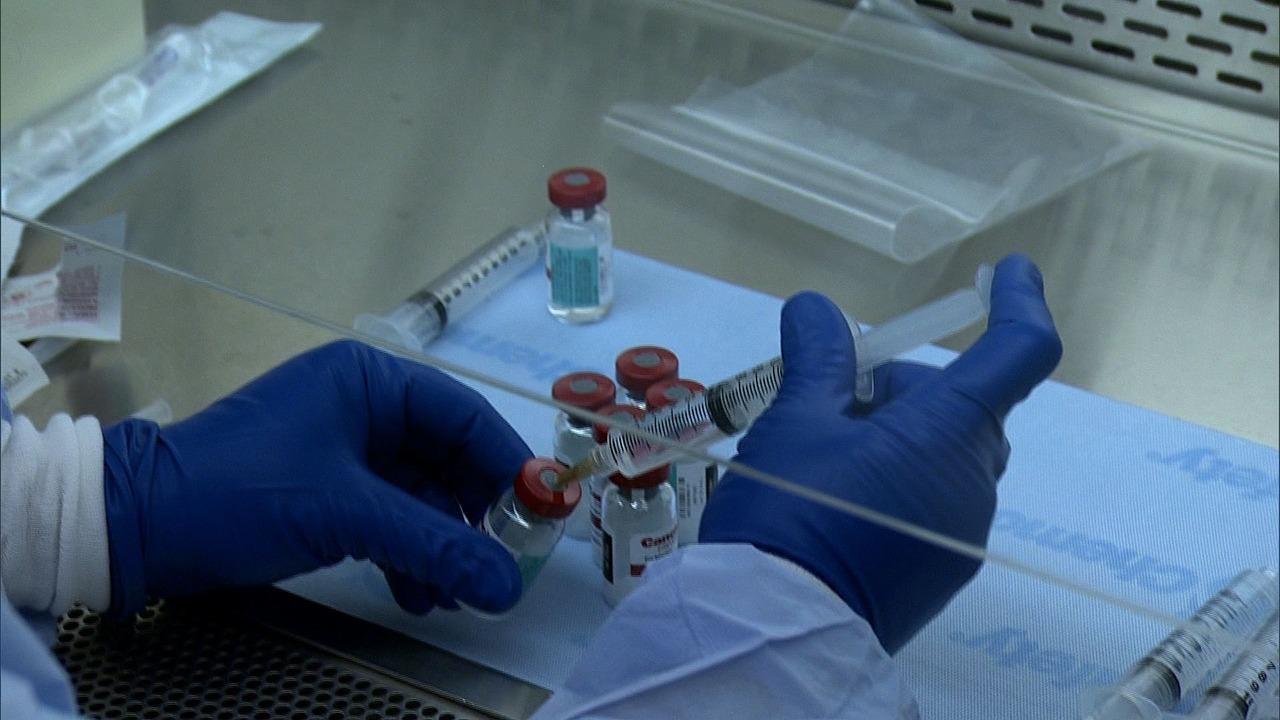
Scientists have discovered a new type of antibiotic, which was able to kill 35 types of potentially deadly bacteria, using artificial intelligence.
In a what was considered a major breakthrough in the fight against the growing problem of drug resistance, researchers discovered the antibiotic using artificial intelligence (AI) to analyze over one hundred million chemical compounds in a matter of days.
In recent years, antibiotic-resistant infections have grown and in England, it has risen by 9% to nearly 61,000 between 2017 and 2018. Inappropriate intake of antibiotics could enable harmful bacteria living inside the body to become resistant.
The World Health Organization (WHO) called this trend "one of the biggest threats to global health security and development today".
Regina Barzilay, a senior researcher on the project at the Massachusetts Institute of Technology (MIT), said: "In terms of antibiotic discovery, this is absolutely a first." The researchers used an algorithm inspired by the architecture of the human brain in the analysis that led to the discovery.
The AI was trained to analyze the structure of 2,500 drugs and other compounds to determine those with the most anti-bacterial qualities that could kill E. coli. About 100 candidates were then chosen for physical testing before they discovered halicin.
James Collins, a bioengineer on the team at MIT, said: "I think this is one of the more powerful antibiotics that has been discovered to date. We wanted to develop a platform that would allow us to harness the power of artificial intelligence to usher in a new age of antibiotic drug discovery."
Dr. Peter Bannister, chairman of the Institution of Engineering and Technology healthcare panel, claimed that the method was already "well established" within medical research.
"The same approach has gained popularity in the development of new therapeutics, such as pharmaceuticals and, in the case of this research, antibiotics where pattern recognition including deep learning can help sort through the vast numbers of molecules," Bannister mentioned.






